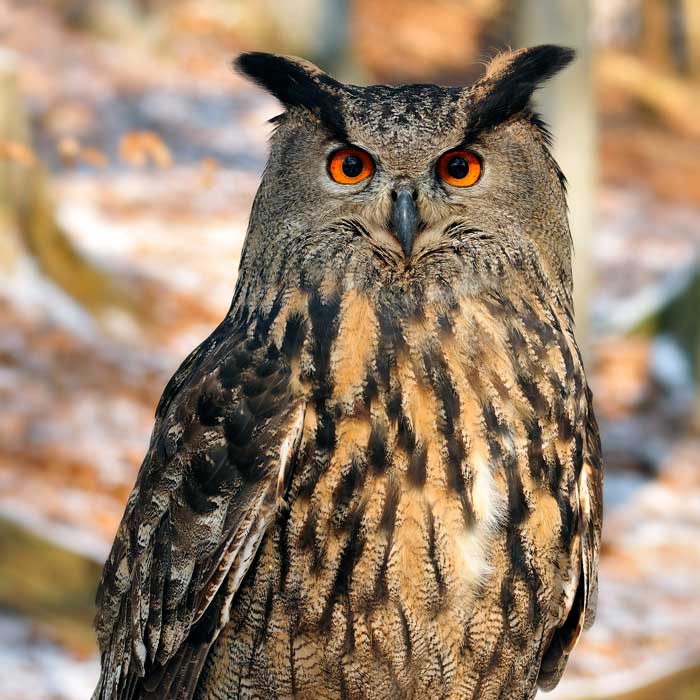
eagle owl
The imposing eagle owl, one of the largest owl species in the world, is known for its striking appearance and its role as an apex predator in many ecosystems. This fact sheet provides a detailed overview of the biology and ecology of the eagle owl and highlights the importance of its protection and conservation in natural habitats.
eagle owl Products
-
Animal display eagle owl
3 reviewsRegular price From 59,90€Regular priceUnit price / per -
Animal display eagle owl - outdoor set
No reviewsRegular price 75,50€Regular priceUnit price / per -
Pop-Up Wall "Forest Habitat"
No reviewsRegular price 300,00€Regular priceUnit price / per -
Pop-Up Wall "Forest Habitat"
No reviewsRegular price From 1.200,00€Regular priceUnit price / per -
Wildlife Sticker Set
No reviewsRegular price From 9,90€Regular priceUnit price / per -
Animal set - forest birds
Regular price 329,90€Regular priceUnit price / per369,90€Sale price 329,90€Sale
Profile: eagle owl
-
Scientific classification
- Class: Aves (birds)
- Order: Strigiformes (owls)
- Family: Strigidae (owls)
- Genus: Bubo
- Species: B. bubo (Eagle owl)
-
Physical characteristics
- Size: Body length of 58-75 cm
- Wingspan: 138-188 cm
- Weight: 1.5-4.2 kg
- Special features: Large, powerful owl with striking ear feathers, yellow-orange eyes, sandy to reddish-brown plumage with dark spots and stripes, round face and strong beak.
-
Habitat and distribution
- Common regions: Europe, Asia, North Africa
- Habitat: Diverse, from mountains and forests to open landscapes and steppes, often in rocky areas or old tree hollows.
-
Nutrition
- Diet: Carnivore
- Typical food: small mammals such as mice, rabbits, birds up to the size of ducks, but also reptiles, amphibians and occasionally fish.
-
Reproduction and lifestyle
- Breeding season: Spring
- Nest building: In rock crevices, tree hollows or nest boxes
- Egg laying: 1-4 eggs per clutch
- Brood care: Females incubate the eggs, males provide food and brood care
- Social structure: Mostly in pairs or small family groups.
-
Lifespan and protection status
- Life expectancy: Up to 20 years in the wild
- Endangered status: Endangered due to habitat loss, direct persecution and disturbance to breeding sites.
- Conservation measures: preservation and protection of habitats, creation of nesting aids, reduction of disturbances caused by human activities.





